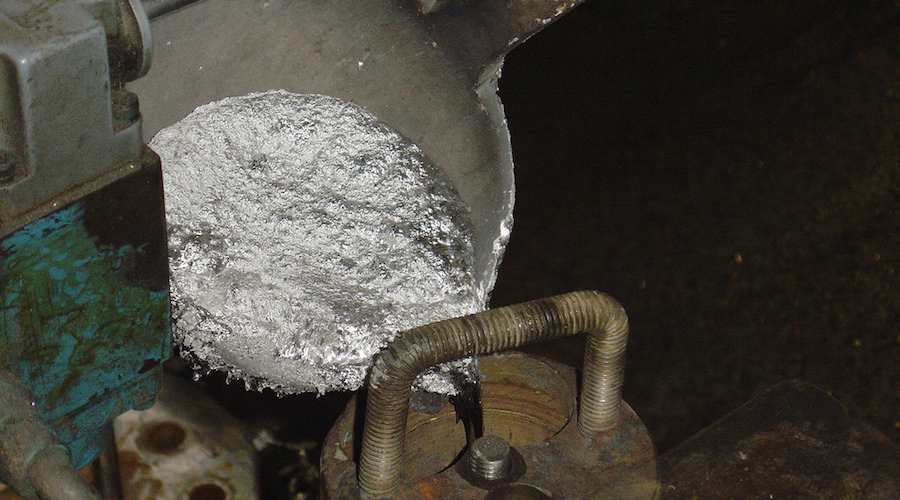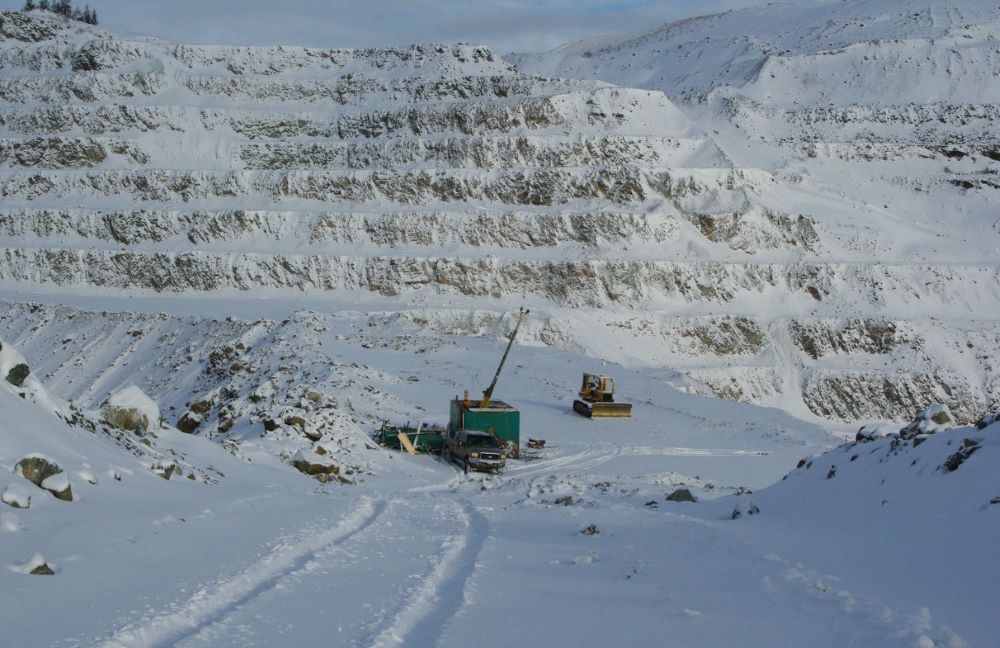Zinc deficits persist in the short term: BMI

A new report from BMI Research states that the global refined zinc market will remain in deficit over the next few years as producers curb output due to an ore shortage.
According to the document, zinc refiners, in particular those in China, will continue to scramble to secure concentrate over the coming quarters. Such shortages are explained by production cuts implemented in 2016 and the fact that two major mines went offline.
BMI’s forecast is, however, more positive when it comes to the long-term outlook for zinc. Between 2017 and 2021, the firm expects global refined zinc production and consumption growth to average 1.9% and 1.6%, respectively. “The slowdown in China’s steel sector will weigh on global refined zinc demand, leading to smaller deficits toward the end of our forecast period by 2021,” the report reads.
The research firm predicts that as new projects come online and prices remain high, zinc smelters will gradually ramp up output again. The prospect is that they reach 15 mnt by 2021.

Despite the Chinese government’s efforts to consolidate metal sectors and reduce environmental impact, BMI says that the country’s refined zinc production will increase from 6.3 mnt in 2017 to 7 mnt by 2021, averaging 2.3 per cent annual growth. “China will remain the key global producer of refined zinc, accounting for 44.7% of global output in 2017 and increasing that share slightly to 46.4% by 2021.”
Similarly, India’s zinc production should rise and average 6.5 per cent annual growth over 2017-2021.
In terms of demand, the report states that the subdued global steel production outlook indicates that the need for refined zinc will decelerate worldwide. Over the period that ends in 2021, annual growth is envisaged to be 1.6 per cent. In past years, the annual global refined zinc demand rose by 2.2 per cent.
Looking at the largest zinc consumer, China, BMI confirms the aforementioned trend. “We forecast Chinese zinc demand growth to average 2.5% in 2017 before slowing to 0.0% by 2021.”
In the US, on the other hand, zinc demand is expected to be affected by the stagnant steel production and an increasingly shaky economic growth outlook. BMI forecasts that the second largest global zinc consumer will see demand edging marginally higher from
619 kt in 20 7 to 631 kt by 2021.
More News
{{ commodity.name }}
{{ post.title }}
{{ post.date }}



Comments